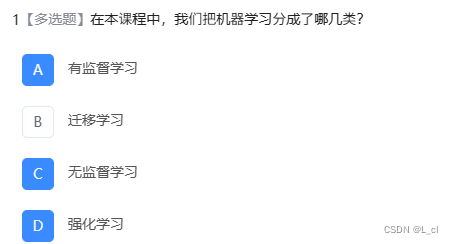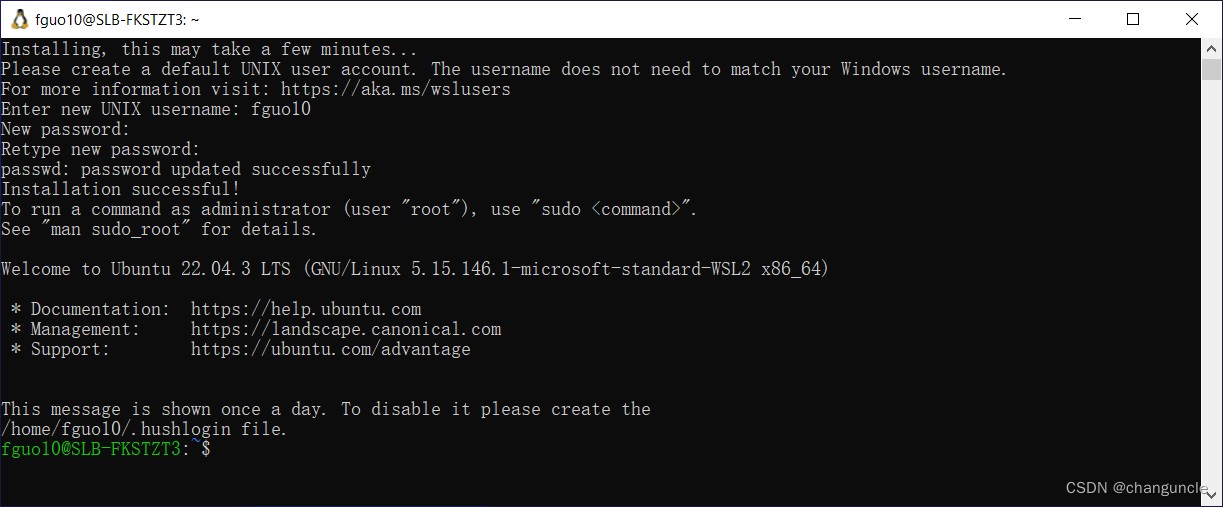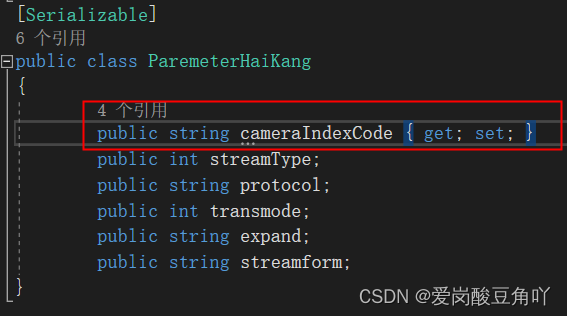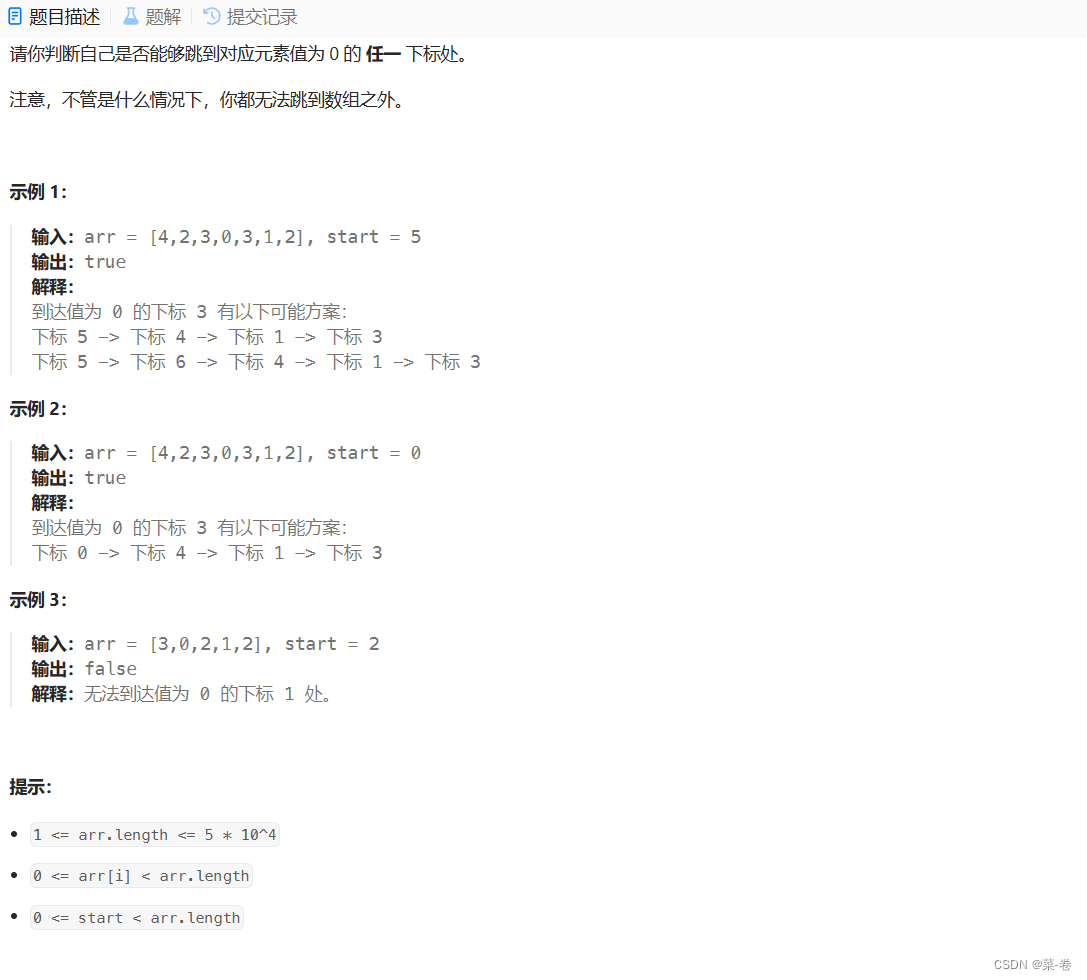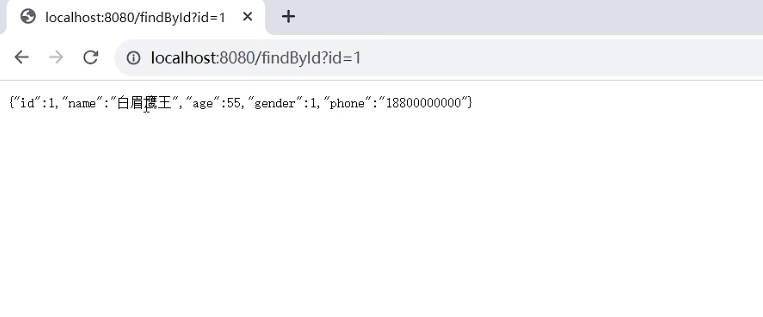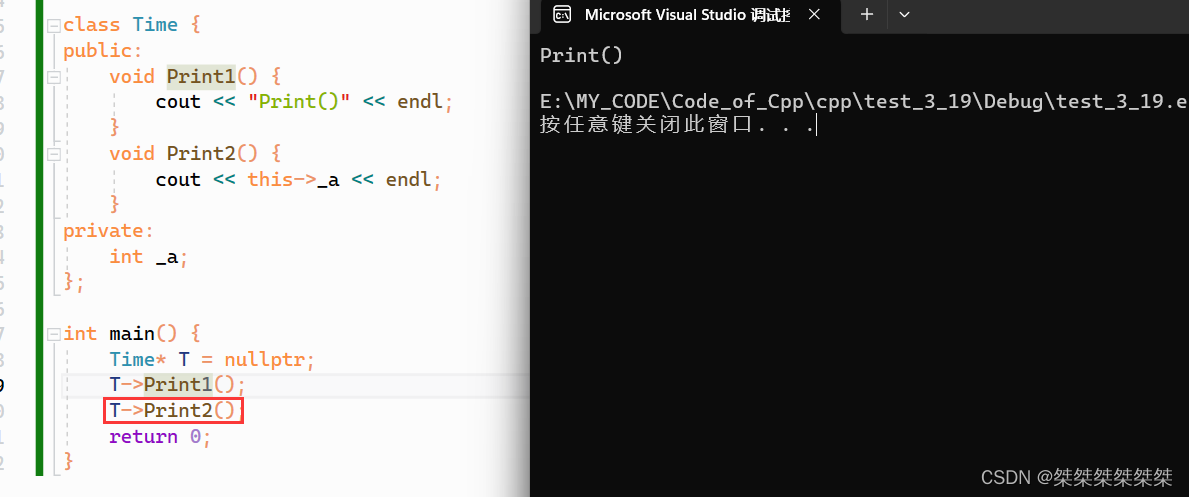| info | |
|---|---|
| paper | Prompt-to-Prompt Image Editing with Cross Attention Control |
| github | https://github.com/google/prompt-to-prompt |
| Org: | Google Research |
| 个人复现 | https://github.com/myhz0606/diffusion_learning |
| 个人博客主页 | http://myhz0606.com/article/p2p |
1 前言
基于扩散模型(diffusion model)的图片编辑技术当下取得了飞跃的进展,涌现出了大量优秀的工作,例如:InstructPix2Pix[1]和EmuEdit[2]。这些工作致力于实现直接通过文字指令来编辑图片,极大地提升了传统图像编辑流程的效率。这种新兴的技术领域被称作基于指令的图像编辑(instruction-based image editing)。饮水思源,这类技术成功的背后,离不开Google在2022年提出的Prompt-to-Prompt(下文简称为p2p)这项工作。
为了深入理解技术细节,笔者借鉴google的开源代码对其进行复现。
2 P2P提出的Motivation
目前大火的文生图技术(text to image),给定一段文本(prompt)和随机种子,文生图模型会基于这两者生成一张图片。生成图片的不同由两个变量决定
- 随机种子。随机种子决定初始的噪声 x T x_T xT。
- prompt。prompt是通过文本编码器(如
CLIP的text encoder)转为语义向量再送入到diffusion model的cross-attention层中与图片信息交互。
假定up sampler不引入随机性,如DDIM; classifier-guidance-score; generation step是系统变量维持不变
如果我们固定了随机种子,仅微小的改变prompt,输出的图片是否相似?如果可行,那么根据这个特性,很方便的可以通过修改prompt来编辑图片了。很遗憾,事情没有那么简单。仅微小改动prompt,输出的图片也有很大差异。下图展示了固定随机种子,仅更改蛋糕种类的生成结果。

过去为了解决上述问题,Repaint[3]、Diffedit[4]在做图片编辑时,会引入一个mask,在编辑阶段,只更新mask区域的像素值,这类方法也取得了一些令人惊叹的结果,但上述方法同样存在三个问题:
- 需要手动构建mask,比较麻烦。(现在一般会接入
SAM[5]来加速这个过程) - 由于在编辑过程只修改mask区域的像素值,未考虑mask区域与非mask区域的结构信息,导致生成的图片语义连贯性较差。
- 这类方法只能实现object-level的编辑,无法实现图片风格、纹理的编辑。
在这篇文章中,作者提出了一种p2p的文字编辑方法(textual editing),无需训练任何参数、添加任何模块,仅用预训练的文生图模型(如stable diffusion)即能实现卓越的textual editing能力。下图展示了引入p2p技术后,同样的随机种子和prompt的生成结果。

下面来看p2p具体是怎么做的吧。
3 方法
3.1 什么是prompt-to-prompt 🤔
通过上面的背景和动机介绍,我们知道p2p做的是这样一件事:
给定原始图片的prompt( P \mathcal{P} P)与编辑图片的prompt ( P ∗ \mathcal{P}^* P∗),通过文生图模型,分别获得原始图片 I \mathcal{I} I与编辑后的图片 I ∗ \mathcal{I}^* I∗。 I \mathcal{I} I 与 I ∗ \mathcal{I}^* I∗除了编辑区域外尽可能的近。
举个🌰,当我输入prompt a photo of a house on a mountain.用文生图生成了一张在山上的房子的图片,现在我们想维持生成图片的整体布局,仅将其改为冬景。用p2p技术可以很方便实现,如下图所示

3.2 prompt-to-prompt的具体实现 🤔
在详细介绍p2p之前,我们先来回答motivation中的一个问题。
为什么给定了随机种子,仅微小的改变prompt,输出的图片却差异很大?
我们知道在文生图中,prompt与diffusion model是在cross-attention层进行交互(text embedding作为cross-attention的key和value)。如下图所示(灰色的块代表mask)。

📌忘记文生图条件融合的话,可以回顾 classifier-free guided的内容。
假定当prompt的第二个token发生改变时,根据下图的计算流,可以看到整个attention score的数值都会发生改变。从而导致最终输出结果发生改变。

3.2.1 cross-attention对生成图片的影响
通过对diffusion model网络内部的观察,作者发现生成图片的空间布局和几何形状都是由内部的cross-attention层的attention map决定(上图的 a t t e n \mathrm{atten} atten)。下图是由prompt: “a furry bear watching a bird”生成的图片,我们分别看每一个token对应的attention map对应生成图片的相应位置。并在time step的早期这个对应关系就已形成。


这里提供一张attention map随时间步变化的gif图。

3.2.1 controlling the cross-attention
control的思路很简单。既然cross-attention的attention map决定生成图片的结构信息,那我们维持原始的attention map即可。
p2p的整体算法流程如下图所示
每一个时间步 t t t分别计算原始prompt P \mathcal{P} P的attention map M t M_t Mt和新的prompt P ∗ \mathcal{P}^* P∗的attention map M t ∗ M^*_t Mt∗并用特定的替换规则 E d i t ( M t , M t ∗ , t ) Edit(M_t, M_t^*, t) Edit(Mt,Mt∗,t)替换后再进行生成。

作者根据不同的编辑类型,设计了不同的替换方式

(一)Word Swap
这个编辑类型是指将原始prompt中的某个token用新的token进行替换。 P = \mathcal{P} = P= “photo of a cat riding on a bicycle”, P ∗ = \mathcal{P}^* = P∗= “photo of a cat riding on a motorcycle”。此时的替换规则是
E d i t ( M t , M t ∗ , t ) : = { M t ∗ i f t < τ M t o t h e r w i s e . (1) E d i t ( M _ { t } , M _ { t } ^ { * } , t ) : = \left\{ \begin{array} { c l } { M _ { t } ^ { * } } & { \quad \mathrm { i f \ } t \lt \tau } \\ { M _ { t } } & { \quad \mathrm { o t h e r w i s e . } } \\ \end{array} \right . \tag{1} Edit(Mt,Mt∗,t):={Mt∗Mtif t<τotherwise.(1)
τ \tau τ表示某一时间步。当时间步小于 τ \tau τ时不做替换,否则用原始prompt的attention map做替换。(当两个词的长度不同时,可以对少的进行复制)引入 τ \tau τ的目的是:有一些编辑对图像的几何改变会很大,可以通过引入控制时机 τ \tau τ来缓和。Word Swap的编辑形式可以很方便的对图片中某个物体进行局部编辑。

(二)Adding a New Phrase
指的是在原始prompt P \mathcal{P} P新增一些token。如 P = \mathcal{P}= P= “a photo of a house on a mountain”, P ∗ = \mathcal{P}^* = P∗= “a photo of a house on a mountain at winter”。
( E d i t ( M t , M t ∗ , t ) ) i , j : = { ( M t ∗ ) i , j i f A ( j ) = N o n e ( M t ) i , A ( j ) o t h e r w i s e . (2) ( E d i t ( M _ { t } , M _ { t } ^ { * } , t ) ) _ { i , j } : = \left \{ \begin{array} { l l } { { ( M _ { t } ^ { * } ) _ { i , j } } } & { { \mathrm { i f } \ A ( j ) = N o n e } } \\ { { ( M _ { t } ) _ { i , A ( j ) } } } & { { \mathrm { o t h e r w i s e } . } } \end{array} \right . \tag{2} (Edit(Mt,Mt∗,t))i,j:={(Mt∗)i,j(Mt)i,A(j)if A(j)=Noneotherwise.(2)
i i i 表示visual token的索引位置, j j j 表示 P ∗ \mathcal{P}^* P∗中text token 的索引位置; A ( j ) A(j) A(j)表示, P ∗ \mathcal{P}^* P∗的text token j j j 在 P \mathcal{P} P中的索引位置。这种类型的control同样可以引入word swap中的 τ \tau τ来控制control的时机。用这个方法可以对图像进行全局的编辑,如下面例子的改变风格整体图片的风格为“winter”。

(三)Attention Re–weighting
基于p2p还可以精细的控制prompt每一个token的控制强度。这个场景 P \mathcal{P} P和 P ∗ \mathcal{P}^* P∗是相同的,可以更改特定token的权重来控制图像。
(
E
d
i
t
(
M
t
,
M
t
∗
,
t
)
)
i
,
j
:
=
{
c
⋅
(
M
t
)
i
,
j
i
f
j
=
j
∗
(
M
t
)
i
,
j
o
f
h
e
r
w
i
s
e
.
(3)
( E d i t ( M _ { t } , M _ { t } ^ { * } , t ) ) _ { i , j } : = \left \{ \begin{array} { c c } { c \cdot ( M _ { t } ) _ { i , j } } & { \mathrm { i f } \ j = j ^ { * } } \\ { ( M _ { t } ) _ { i , j } } & { \mathrm { o f h e r w i s e } . } \\ \end{array} \right . \tag{3}
(Edit(Mt,Mt∗,t))i,j:={c⋅(Mt)i,j(Mt)i,jif j=j∗ofherwise.(3)

4 核心部分代码说明
diffusers.version == 0.10.0
4.1 修改cross-attention层的forward
p2p的核心是修改cross-attention层的计算方式,为此我们需要重写diffusers内部cross-attention的forward函数,引入controller.control() 来控制attention map的编辑。
def control_cross_attn_forward(self, controller: BaseController, place_in_unet):
def forward(x, context: Optional[torch.Tensor] = None, mask: Optional[torch.Tensor] = None):
batch_size, sequence_length, dim = x.shape
h = self.heads
q = self.to_q(x)
is_cross = context is not None
context = context if is_cross else x
k = self.to_k(context)
v = self.to_v(context)
q = self.reshape_heads_to_batch_dim(q)
k = self.reshape_heads_to_batch_dim(k)
v = self.reshape_heads_to_batch_dim(v)
sim = torch.einsum("b i d, b j d -> b i j", q, k) * self.scale
if mask is not None:
mask = mask.reshape(batch_size, -1)
max_neg_value = -torch.finfo(sim.dtype).max
mask = mask[:, None, :].repeat(h, 1, 1)
sim.masked_fill_(~mask, max_neg_value)
# attention, what we cannot get enough of
attn = sim.softmax(dim=-1)
# print(f"attn shape: {attn.shape}")
attn = controller.control(attn, is_cross, place_in_unet) # AttentionStore时相当于将attention值缓存到controller中
out = torch.einsum("b i j, b j d -> b i d", attn, v)
out = self.reshape_batch_dim_to_heads(out)
to_out = self.to_out
if type(to_out) is torch.nn.modules.container.ModuleList:
to_out = self.to_out[0] # 忽略dropout
else:
to_out = self.to_out
return to_out(out)
return forward
def register_attention_control_mine(unet, controller):
cross_attn_name_ls = []
for i in unet.named_children():
name, cur_module = i[:2]
if cur_module.__class__.__name__ == "CrossAttention":
cur_module.forward = control_cross_attn_forward(cur_module, controller, name)
cross_attn_name_ls.append(name)
elif hasattr(cur_module, "children"):
module_ls = [(name, cur_module)]
while module_ls:
name, cur_module = module_ls.pop()
for sub_name, sub_module in cur_module.named_children():
if sub_module.__class__.__name__ == "CrossAttention":
sub_module.forward = control_cross_attn_forward(
sub_module,
controller,
f"{name}.{sub_name}"
)
cross_attn_name_ls.append(f"{name}.{sub_name}")
elif hasattr(sub_module, "children"):
module_ls.append((f"{name}.{sub_name}", sub_module))
controller.num_att_layers = len(cross_attn_name_ls)
controller.cross_attn_name_ls = cross_attn_name_ls
4.2 control attention map
controller.control() 内部的实现方式
class EditControllerMemEfficient(BaseController):
def __init__(
self, edit_params: EditParams,
max_vis_pixel_num=MAX_VIS_PIXEL_NUM,
cached_attn_info_flag=False,
logger=base_logger
):
super(EditControllerMemEfficient, self).__init__(
max_vis_pixel_num=max_vis_pixel_num,
cached_attn_info_flag=cached_attn_info_flag, edit_params=edit_params, logger=logger)
self.control_info_checking()
def cross_attn_control(self, attn: torch.Tensor, place_in_unet: str) -> torch.Tensor:
assert attn.shape[0] > 1, f"attn shape: {attn.shape}"
source_replace_mask = self.replace_index_map["source_mask"]
target_replace_mask = self.replace_index_map["target_mask"]
source_token_weight = self.replace_index_map["source_token_weight"]
target_token_weight = self.replace_index_map["target_token_weight"]
if self.do_cross_attn_control_flag:
attn = rearrange(attn, "(b h) p c -> b h p c", b=self.batch_size)
source_attn = attn[:1, ...]
target_attn = attn[1:, ...]
source_attn_for_merge = source_attn * source_token_weight
target_attn = target_attn * target_token_weight
target_attn[..., target_replace_mask] = source_attn_for_merge[..., source_replace_mask]
attn = torch.cat([source_attn, target_attn], dim=0)
attn = rearrange(attn, "b h p c -> (b h) p c")
if self.do_local_blend and self.text_branch_flag: # local blend whatever cross control
blend_attn = attn
self.set_blend_attn_map(place_in_unet, True, blend_attn)
return attn
def self_attn_control(self, attn: torch.Tensor, place_in_unet: str) -> torch.Tensor:
if attn.shape[2] <= 16 ** 2:
attn = rearrange(attn, "(b h) p c -> b h p c", b=self.batch_size)
source_attn = attn[:1, ...]
if self.do_self_attn_control_flag:
attn = source_attn.expand(self.batch_size, *source_attn.shape[1:])
attn = rearrange(attn, "b h p c -> (b h) p c")
return attn
def control(self, attn: torch.Tensor, is_cross: bool, place_in_unet: str) -> torch.Tensor:
# print(f">>>cached_attn_flag: {self.cached_attn_info_flag}")
assert self.current_step is not None, f"please set current time step by 'self.set_step'!"
pixel_num = attn.shape[1]
if pixel_num > self.max_vis_pixel_num:
self.not_control_attn_name_set.add(place_in_unet)
return attn
if place_in_unet not in self.cached_attn.keys():
self.cached_attn[place_in_unet] = dict()
if is_cross:
attn = self.cross_attn_control(attn, place_in_unet)
else:
attn = self.self_attn_control(attn, place_in_unet)
if self.cached_attn_info_flag:
self.cached_attn_name_set.add(place_in_unet)
if is_cross and self.do_cross_attn_control_flag:
self.set_cached_attn(place_in_unet, is_cross, attn)
elif is_cross and not self.do_cross_attn_control_flag:
self.set_cached_attn(place_in_unet, is_cross, None)
elif not is_cross and self.do_self_attn_control_flag:
self.set_cached_attn(place_in_unet, is_cross, attn)
else:
self.set_cached_attn(place_in_unet, is_cross, None)
return attn
4.3 支持的编辑方式
代码中通过EditParams类来指定编辑的参数
class EditParams:
source_prompt: str
target_prompt: str
cross_merge_end_step: Union[float, int] # cross attention merge step, 0-(cross_merge_step * diffusion step) using cross-attn injection
self_merge_end_step: Union[float, int] # self attention merge step, 0-(self_merge_step * diffusion step) using self-attn injection
cross_merge_start_step: Union[float, int] = 0 # cross attention merge step, 0-(cross_merge_step * diffusion step) using cross-attn injection
self_merge_start_step: Union[float, int] = 0 # self attention merge step, 0-(self_merge_step * diffusion step) using self-attn injection
addition_token_control_info: Optional[Dict] = None
do_noise_branch_control: bool = False
do_local_blend: bool = False # using local blend
blend_focus_text: Optional[List] = None
5 One More Thing
5.1 p2p with additional constraints
的edit能力通过引入以下3个约束还能进一步提升
- self attention的约束
将原始图片在self attention处的attention map迁移给编辑图片,非编辑区域维持性会更强。详细可见pnp[7]论文。
下图展现了当使用self- attention control时的编辑效果。应用的步长越多,非edit区域的维持性越好。
source prompt: "a photo of a house on a mountain.”
target_prompt: "a photo of a house on a mountain at winter"

同样,有一些编辑对图像的几何改变会很大,不宜控制过多

- 引入local blend
仅更改需要编辑区域的pixel,保留其它区域的pixel。编辑区域的mask为token对应的attention map。底层原理可见repaint[8] paper。
如:当引入“mountain”的local blend限制时,只有山的区域变为雪景。

当local-blend还可以结合re-weight等编辑策略,可以实现更细粒度的控制

- noise分支引入self attention的约束
我们知道对于classifier-free的文生图,需要同时计算条件分支的噪声估计 ϵ θ ( x t , y , t ) \epsilon_{\theta}(x_t, y, t) ϵθ(xt,y,t)和非条件分支的噪声估计 ϵ θ ( x t , y = ∅ , t ) \epsilon_{\theta}(x_t, y=\empty, t) ϵθ(xt,y=∅,t) ,再通过classifier-free的方式融合。尝试发现,非条件分支引入self-attention control有助于进一步提升编辑效果(相比前面,提升不太大)。
ϵ ^ θ ( x t , y , t ) = ϵ θ ( x t , y = ∅ , t ) + s [ ϵ θ ( x t , y , t ) − ϵ θ ( x t , y = ∅ , t ) ] (4) \begin{align} \hat{\epsilon}_{\theta}(x_t, y, t)=\epsilon_{\theta}(x_t, y=\empty,t) + s[\epsilon_{\theta}(x_t, y, t) - \epsilon_{\theta}(x_t, y=\empty, t) ] \end{align} \tag{4} ϵ^θ(xt,y,t)=ϵθ(xt,y=∅,t)+s[ϵθ(xt,y,t)−ϵθ(xt,y=∅,t)](4)
5.2 p2p for real image editing
若要采用p2p论文中的方法进行编辑需要知道两个信息:1)图片的初始噪声分布;2)图片的prompt。如果直接拿一张图过来是没有办法进行p2p进行编辑的。需要先得到以下两个信息:
1)给定或生成这张图的prompt;
2)估计出给定prompt下这张图的噪声。
在作者后续的Null-text Inversion [9]工作中对这类情形进一步研究,后续文章中将详细介绍。
参考文献
[1] InstructPix2Pix: Learning to Follow Image Editing Instructions
[2] Emu Edit: Precise Image Editing via Recognition and Generation Tasks
[3] RePaint: Inpainting using Denoising Diffusion Probabilistic Models
[4] DiffEdit: Diffusion-based semantic image editing with mask guidance
[5] Segment Anything
[6] classifier-free diffusion model
[7] Plug-and-Play Diffusion Features for Text-Driven Image-to-Image Translation
[8] RePaint: Inpainting using Denoising Diffusion Probabilistic Models
[9] Null-text Inversion for Editing Real Images using Guided Diffusion Models
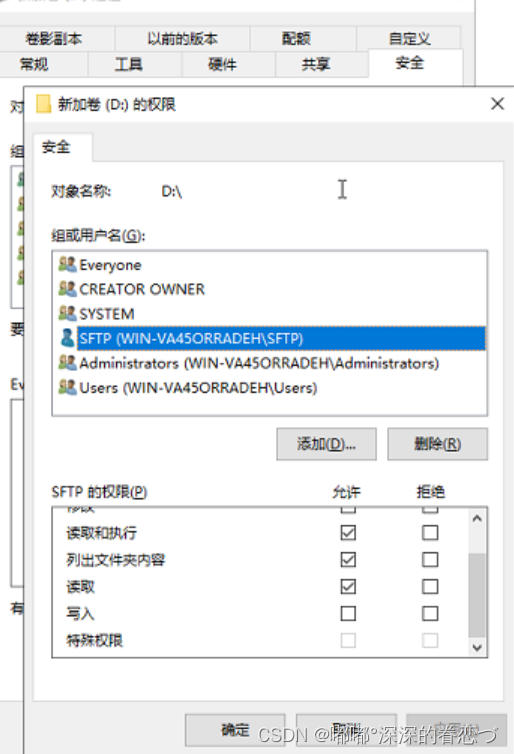




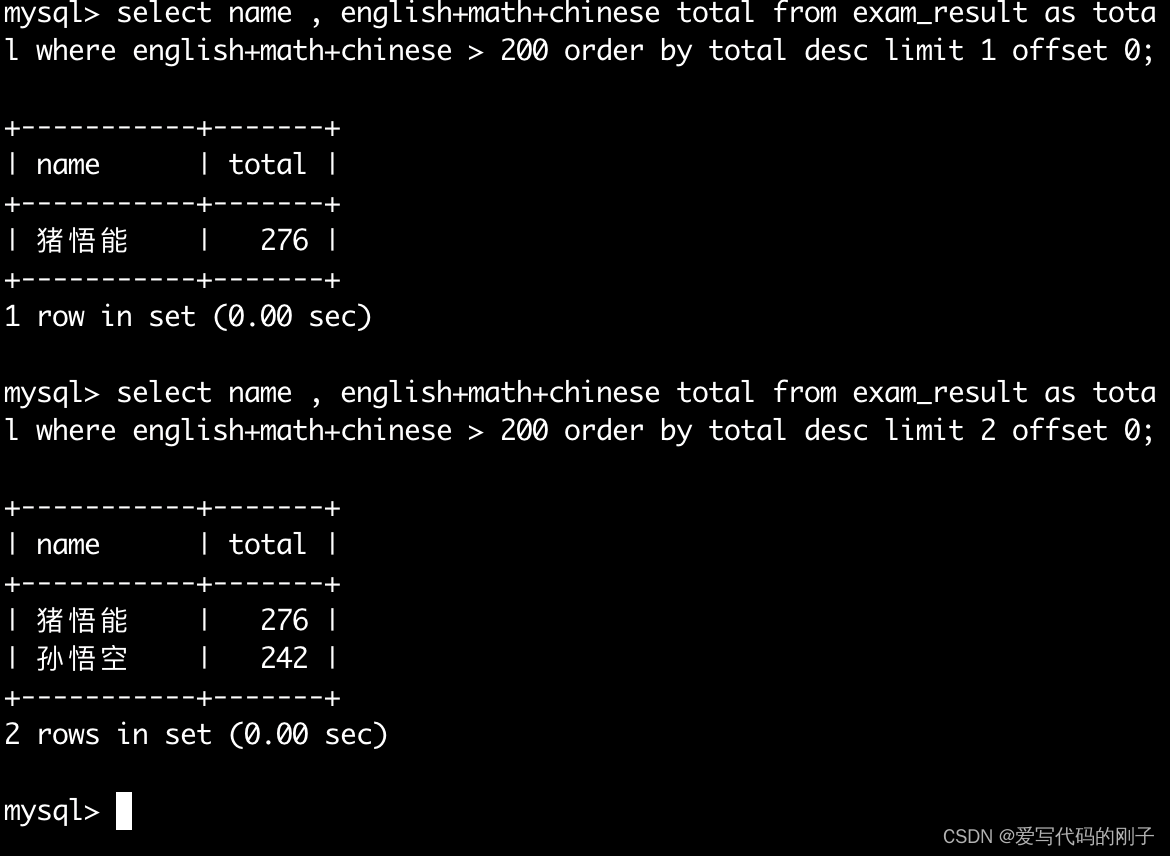
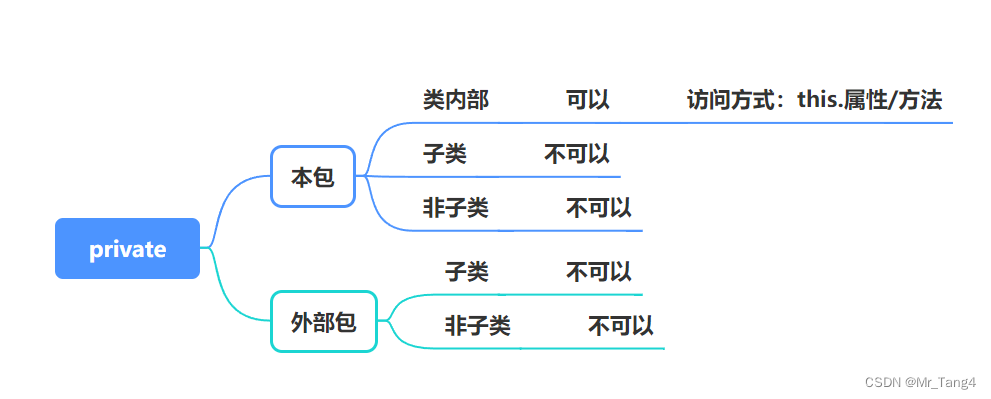
![[环境配置].ssh文件夹权限修改方法](https://img-blog.csdnimg.cn/direct/3287d146977e4d45b65dd31066010f4f.png)
